Solo email advertising has become a cornerstone in the world of digital marketing, offering businesses a direct and targeted way to reach their audience. In this comprehensive guide, we will delve into the intricacies of solo email advertising, from its fundamental principles to advanced strategies for success.
Table of Contents
Introduction to Solo Email Advertising
In the vast landscape of digital marketing, solo email advertising stands out as a powerful tool. It involves sending promotional emails to a targeted audience and providing a direct line of communication between businesses and potential customers. This method has gained popularity due to its effectiveness in reaching specific demographics and driving high conversion rates.
How crucial is the choice of a solo ad vendor for the success of solo email advertising campaigns?
The choice of a solo ad vendor is paramount for campaign success. A reliable vendor acts as a bridge to your target audience, providing access to quality email lists and ensuring that your messages effectively reach engaged recipients. The vendor’s practices, such as list acquisition, delivery rates, and compliance with regulations, significantly influence the performance and reputation of your solo email advertising efforts.
Benefits of Solo Email Advertising
Targeted Reach to Specific Audiences
One of the primary advantages of solo email advertising is the ability to tailor messages to a specific audience. Unlike other forms of advertising that cast a wide net, solo emails can be crafted to resonate with the unique interests and preferences of a particular demographic.
High Conversion Rates
Solo email campaigns often boast impressive conversion rates. When messages are personalized and relevant, recipients are more likely to take the desired action, whether it’s making a purchase, signing up for a newsletter, or downloading a resource.
Cost-Effective Compared to Other Advertising Methods
Compared to traditional advertising channels, solo email advertising is often more cost-effective. With targeted campaigns, businesses can allocate their marketing budget more efficiently, focusing on the audience most likely to respond positively.
How Solo Email Advertising Works
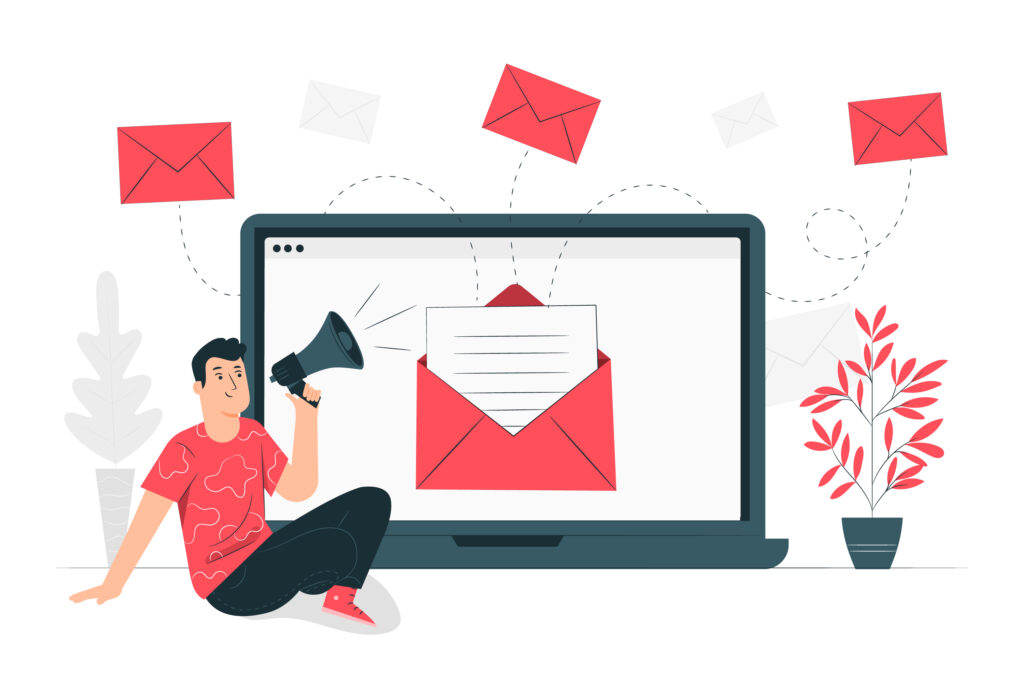
Solo email advertising involves sending promotional emails to a pre-existing email list. The process begins with acquiring or building a quality email list, followed by the creation of compelling email copies that encourage recipients to engage with the content or take a specific action.
Choosing the Right Email List
The success of a solo email campaign hinges on the quality of the email list. It’s essential to choose a list that aligns with the product or service being promoted. Selecting an engaged and receptive audience increases the likelihood of a positive response to the campaign.
Crafting Engaging Email Copies
Writing Attention-Grabbing Subject Lines
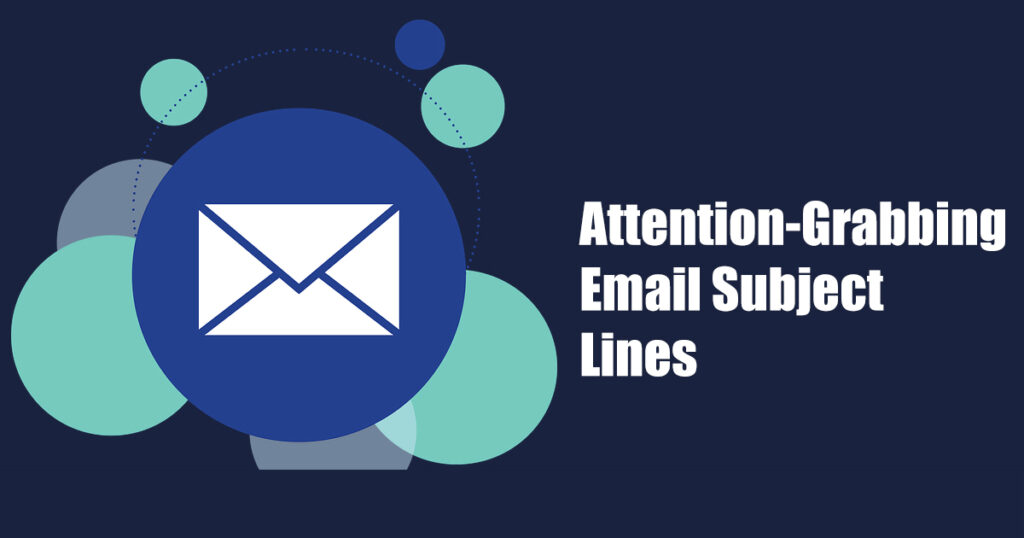
The subject line is the first thing recipients see, making it a critical element in grabbing their attention. Crafting compelling subject lines that spark curiosity or convey the value of the email’s content is key to increasing open rates.
Importance of Personalized Content
Personalization goes beyond addressing recipients by their first name. Effective personalization involves tailoring the entire email content to the recipient’s preferences and behaviors, creating a connection that encourages engagement.
Designing Effective Email Campaigns
Visual Elements and Layout Considerations
A visually appealing email is more likely to capture the recipient’s interest. Attention should be given to the layout, images, and overall design to ensure a positive and memorable user experience.
Call-to-Action Strategies

Every email should have a clear and compelling call-to-action (CTA). Whether it’s making a purchase, signing up for a webinar, or downloading a resource, the CTA guides recipients on the desired path.
Measuring the Success of Solo Email Campaigns
To optimize future campaigns, it’s crucial to track key metrics. Open rates, click-through rates, and conversion rates provide insights into the effectiveness of the campaign, allowing for adjustments and improvements.
Common Mistakes to Avoid in Solo Email Advertising
Overlooking Audience Targeting
Sending emails to a broad audience without proper targeting can result in low engagement and high unsubscribe rates. Precision in audience targeting is essential for campaign success.
Ignoring Email Design and Content Quality
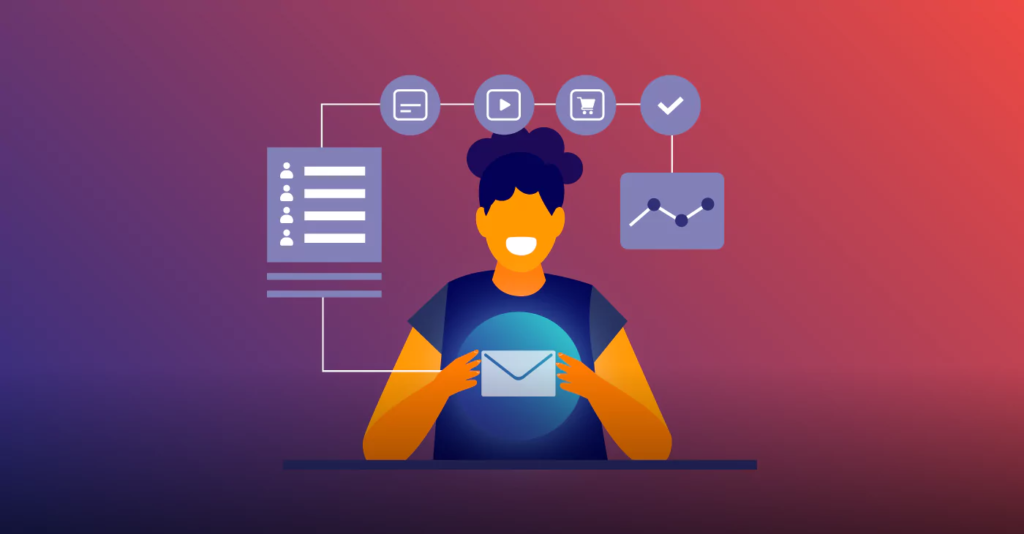
A poorly designed email with lackluster content can lead to a negative perception of the brand. Investing in professional design and high-quality content is a prerequisite for effective solo email advertising.
Case Studies: Successful Solo Email Advertising Campaigns
Examining real-world examples of successful solo email campaigns provides valuable insights. From small businesses to multinational corporations, case studies reveal the strategies and tactics that contributed to their success.
Tips for A/B Testing in Solo Email Advertising
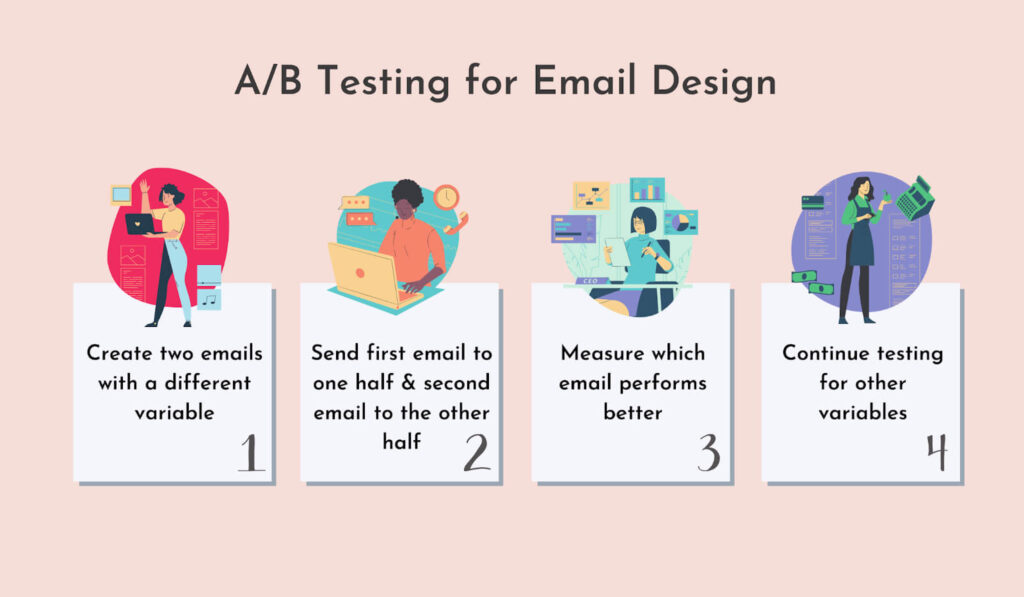
Importance of Experimentation
A/B testing involves comparing two versions of an email to determine which performs better. This experimentation is vital for refining strategies and understanding what resonates most with the target audience.
Key Elements to Test for Better Campaign Performance
Subject lines, email copy, visuals, and CTAs are among the elements that can be tested in A/B experiments. Understanding how these elements impact campaign performance informs future optimizations.
Solo Email Advertising vs. Other Marketing Channels
Comparing solo email advertising with other marketing channels helps businesses make informed decisions about their marketing mix. While social media advertising and search engine marketing have their merits, solo email advertising offers unique advantages in certain scenarios.
When Solo Email Advertising Is the Preferred Choice
Solo email advertising is particularly effective when businesses aim to establish a direct and personalized connection with their audience. For products or services with a niche target market, solo emails allow for tailored messaging that resonates more deeply.
Future Trends in Solo Email Advertising
As technology evolves, so does the landscape of digital marketing. The future of solo email advertising is likely to be shaped by emerging technologies, automation, and changing consumer behaviors. Staying informed about these trends positions businesses to adapt and thrive in the dynamic digital ecosystem.
Addressing Ethical Concerns in Solo Email Advertising
While solo ads email advertising offers significant benefits, it’s essential to address ethical considerations. Respecting user privacy, obtaining consent for data usage, and adhering to anti-spam regulations are crucial for maintaining a positive reputation and fostering trust with the audience.
Best Practices for Ethical Email Marketing
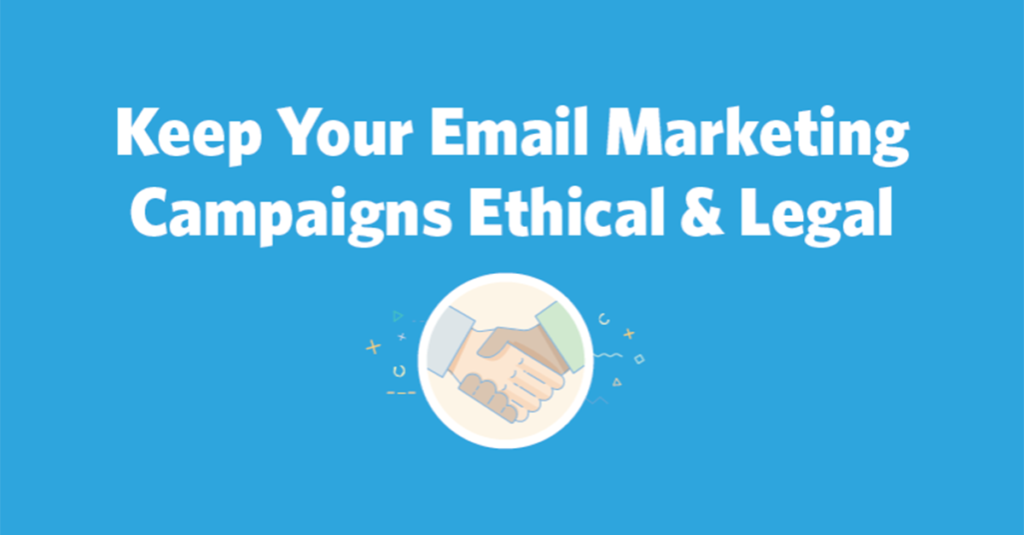
Implementing transparent opt-in processes, providing easy opt-out options, and securing customer data are foundational practices for ethical email marketing. By prioritizing user consent and privacy, businesses can build long-term relationships with their audience.
Interview with an Expert: Navigating Solo Email Advertising Successfully
Gaining insights from an industry expert sheds light on the nuances of solo email advertising. In this interview, we hear from a seasoned professional who shares practical tips, lessons learned, and predictions for the future of solo email advertising.
Conclusion
In the ever-evolving landscape of digital marketing, solo email advertising remains a potent strategy for businesses seeking direct and personalized communication with their audience. By understanding the intricacies of audience targeting, compelling content creation, and effective campaign measurement, businesses can harness the power of solo email advertising to drive meaningful results.